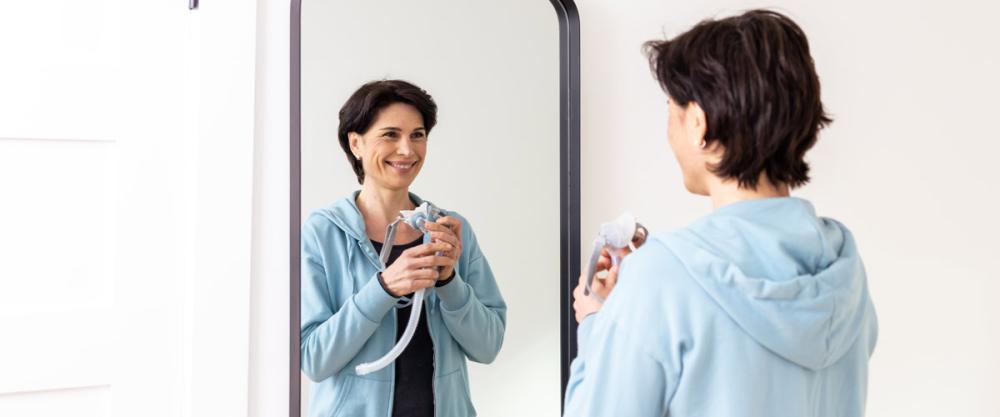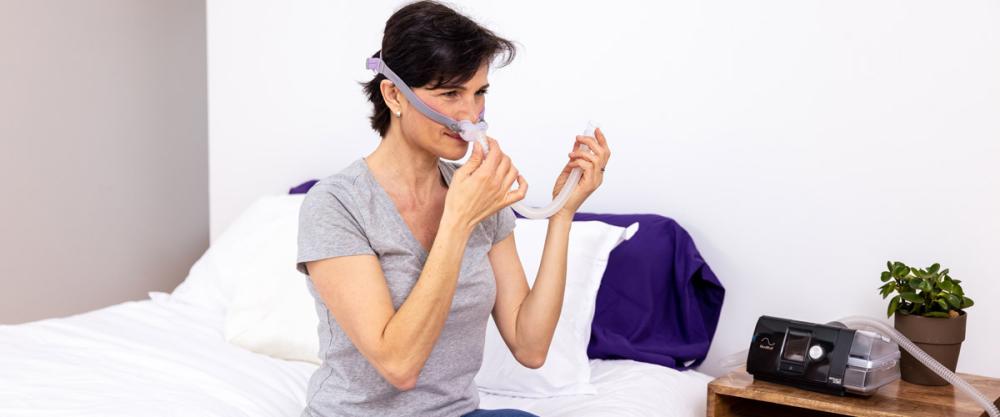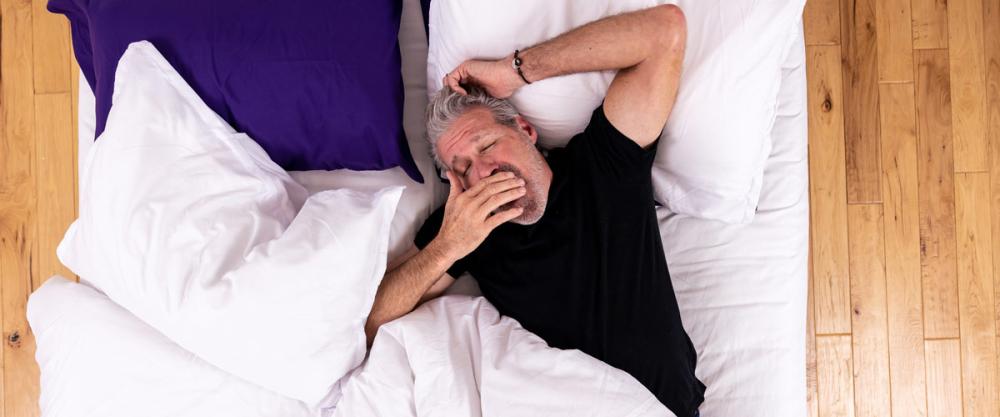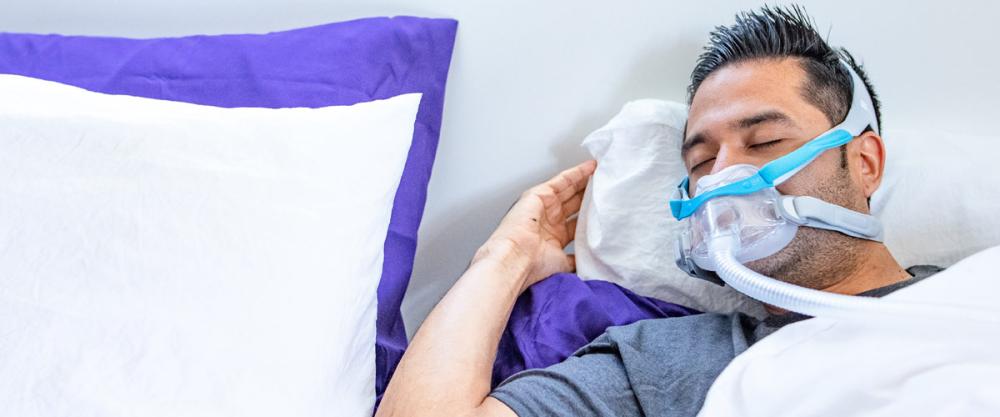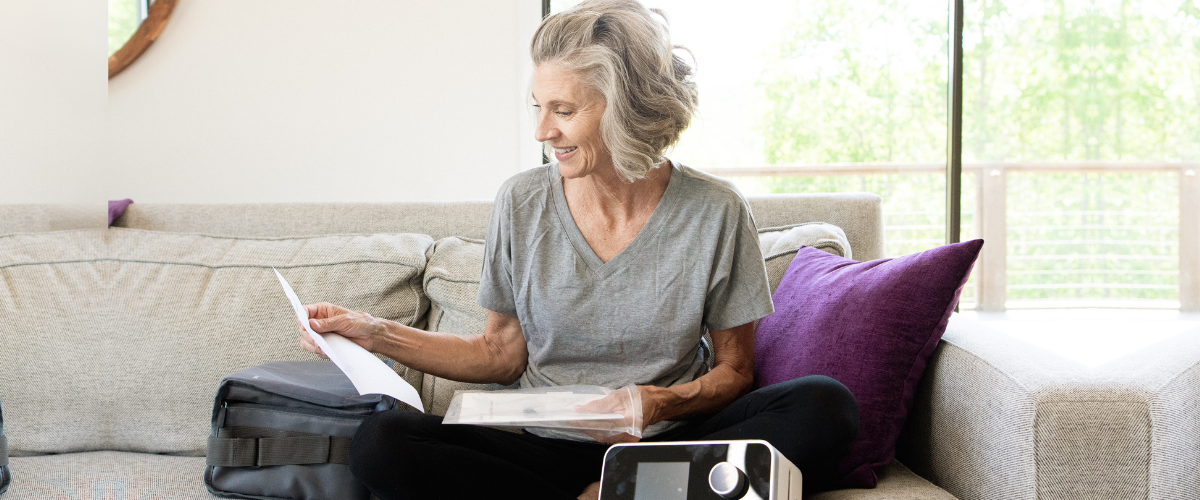During research for this article, I found a very informative article in the newsletter, Resmedica, provided by ResMed, one of the leading CPAP manufacturers. The editor, Alison Hansford leads the reader on a journey over the history of CPAP therapy in the last 30 years, but informs that obstructive sleep apnea has been documented for almost 2000 years. She states that in the late 19th century, it was referred to as, “Pickwickian syndrome” and then, almost as much as now, the obesity of the patient was focused on, rather than the potential breathing disorder the patient may have. It’s funny that now, we know you do not have to be obese to have sleep disordered breathing. By the 1960’s, we started to become aware that obesity may be a factor, but it was certainly not the only factor related to OSA, such as heart disease, hypertension, diabetes, stroke and congestive heart failure.
The first sleep clinic was established in 1970 at Stanford University in California by William Dement. Between 1975 and 1980 much research was done in the field of sleep disorders and apnea. As a matter of fact, in 1970 Eliot Philipson began research on dogs’ respiratory control and by 1976, the man who is credited with the invention of the CPAP machine, Colin Sullivan, joined in on this research. He brought the study from dogs to humans. As the dogs were, humans were initially treated for sleep apnea with a tracheotomy. It was soon easily established that this was a very dramatic way to treat the breathing disorder and another way was developed, the CPAP machine. At the time, each mask was made specifically for each patient who used a CPAP machine, and only one person made these masks, Jim Bruderer in the University of Sydney Biomedical Engineering Department.
The earliest machine, according to the first known sleep technologist in Australia, Bron Lehrhaft, was made from a paint compressor, with the motors reversed. The tubing was pool tubing. Attached to the pool tubing was respirator tubing, and that met up with the mask. This machine was VERY noisy and created such turbulence that patients had a hard time exhaling against the pressure, which incidentally was the same as an auto-CPAP might deliver, between 4 and 20 cm H2O! ResMed sure has come a long way in 30 years!
Over time, CPAP technology and development has changed so much. Not only are there numerous machines to choose from, but even more masks and accessories. There are a large number of resources to improve the CPAP experience, from online forums to fully certified clinical resources with your DME Company. Thank goodness for technological advances!
The first sleep clinic was established in 1970 at Stanford University in California by William Dement. Between 1975 and 1980 much research was done in the field of sleep disorders and apnea. As a matter of fact, in 1970 Eliot Philipson began research on dogs’ respiratory control and by 1976, the man who is credited with the invention of the CPAP machine, Colin Sullivan, joined in on this research. He brought the study from dogs to humans. As the dogs were, humans were initially treated for sleep apnea with a tracheotomy. It was soon easily established that this was a very dramatic way to treat the breathing disorder and another way was developed, the CPAP machine. At the time, each mask was made specifically for each patient who used a CPAP machine, and only one person made these masks, Jim Bruderer in the University of Sydney Biomedical Engineering Department.
The earliest machine, according to the first known sleep technologist in Australia, Bron Lehrhaft, was made from a paint compressor, with the motors reversed. The tubing was pool tubing. Attached to the pool tubing was respirator tubing, and that met up with the mask. This machine was VERY noisy and created such turbulence that patients had a hard time exhaling against the pressure, which incidentally was the same as an auto-CPAP might deliver, between 4 and 20 cm H2O! ResMed sure has come a long way in 30 years!
Over time, CPAP technology and development has changed so much. Not only are there numerous machines to choose from, but even more masks and accessories. There are a large number of resources to improve the CPAP experience, from online forums to fully certified clinical resources with your DME Company. Thank goodness for technological advances!

